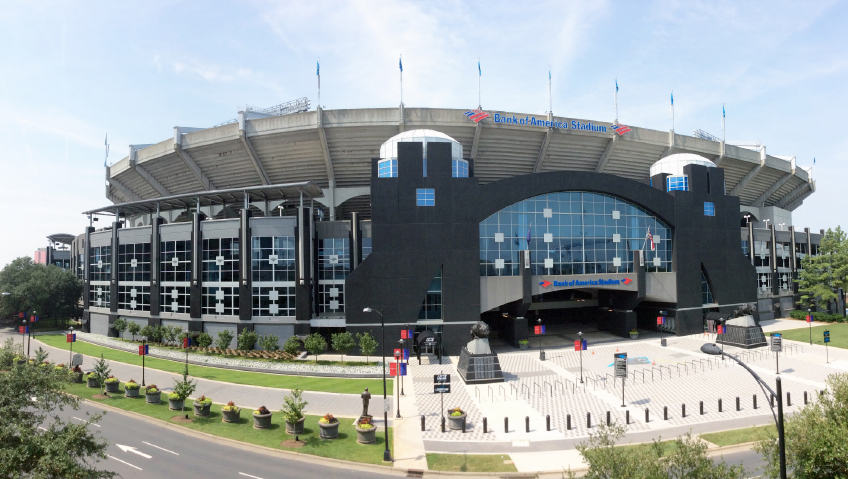Whether it’s building from the ground up with efficiency and sustainability or producing innovative renovations, remodels, and retrofits, Matarozzi Pelsinger Builders is renowned for its diverse contributions to contemporary architecture.
Established in 1986 by Dan Matarozzi and Dan Pelsinger, this now entirely employee-owned company also supports the intricate procedures involved in obtaining approvals and ratings for building sustainably, while offering the vast knowledge base it has amassed over the years regarding sustainable systems, methods, and products.
Rather than demolishing, the company methodically removes or “deconstructs” buildings to recycle and repurpose project works, working with a network that deals with building material reuse. Now with 38 years in business as a general contractor out of San Francisco, California, the company spent its first two decades performing historic renovations throughout San Francisco proper.
“It came down to leaving the front street façade of the building and making the interiors very modern,” says Matt Dimitroff, Senior Superintendent. “We found a niche with modern architects in the city in the late ’80s and early ’90s, and that was our focus for roughly those first 20 years.”
With a massive portfolio of references and completed projects under its belt, the company’s work has generally been acquired by word-of-mouth rather than traditional advertising, with a focus on building and carrying a substantial team of skilled craftspeople and managers.
A push to modernize
After 10 years in the city, gaining substantial experience with structural upgrades of buildings over 100 years old, work consisted of replicating ancient casework while adding an incredible modern twist, Dimitroff says. “Our focus for the last 20 years has been a substantial push toward modern architecture and that’s now primarily 100 percent of our business.”
The company now has work in place for a medley of national architects that build primary, secondary, and tertiary homes across the U.S., with a focus on California and Wyoming and Dimitroff leading the Jackson program. Now on its eleventh project, seven of those have been ground-up, 10,000-square-foot modern structures for both California- and Jackson-based architects.
“We’re diversifying and playing the field and doing a lot more smaller work,” Dimitroff adds. “We carry two to three large $20 million projects a year concurrently, and then infill with smaller remodel work as those needs arise.”
Employee ownership
The company is particularly proud of its Employee Stock Ownership Plan (ESOP).
“It’s a huge selling point for us,” says Dimitroff. “I’ve got laborers who are invested in every project they touch, journeyman carpenters, and project managers—everybody is giving more than just their two cents. They’re embracing the whole company because we’re all taking advantage of what we’re putting into it.”
Clients also love it, he adds, and architects use it as a selling point. “It makes perfect sense for people to hire a general contractor where everyone knows what’s going on and is trying to make the whole shift more efficient. It’s been a very interesting program for all of them to follow and contribute to, and it’s all very well managed by a third party,” Dimitroff adds.
“Everything is very easily accessible. You can see where you stand and where your projected earnings are for the next six months, where you’ll be in 10 years if you stick around. It’s a huge blessing, and accolades to all of our superiors who thought it was a good way to go.”
It’s a huge milestone, understanding and learning how to navigate an ESOP, adds Kirk W. Allen, General Superintendent and Member of the Board of Directors, as this has also been done without an added CEO.
“That’s been one of our learning curves,” Allen says. “We just did a review on that, and if we look at the revenue stream, we’ve done extremely well this year. It’s one of our best yearly performances.”
Making the transition to an ESOP, working under the tutelage of an executive council, dividing the workload amongst a group of people, and then looking at it from a financial perspective, it’s clear that the team’s success has been a group effort.
“That’s been an amazing thing to see happen. We’re still looking for a CEO, but we’re not under the pressure we thought we might be under to have that kind of leadership,” says Allen. “It’s one of the challenges for everybody to dig deep in themselves and find out what they’re made of and how to bring the best to the table. That’s been a big deal for us going through this first year.”
Success going forward is now in the hands of every employee, he says, as everyone has a stake in the company’s growth and contributes to ideas, execution, and the spirit of the company.
“I think it’s going to take five years of practice to really get the sense of how well it will work and can work. But so far, it’s been a great transition.”
Construction with a vision
Other accomplishments include hitting guaranteed maximum prices, budgets, and schedules for notable projects, such as Wyoming’s historic renovation of 200-year-old barns, giving them complete 2020 upgrades and then connecting them to an 8,000-square-foot modern entertaining annex.
“We tend to use all local subcontractors or those that are within a 100-mile radius, to limit our footprint and give maintenance and service contracts after that home is completed,” Dimitroff says, referencing the design and efficiency of the standalone, unique structures. “It’s pretty fun to work with architects that have a vision of what we’re capable of. Because of that historic work and experience from San Francisco, we’re filling a unique niche here where we try to do it all, with a focus on the modern.”
And while projects ebb and flow, the company fills any voids with smaller architecture firms and remodel work to keep current. “The bigger projects are more spaced out now,” says Dimitroff. “Two at a time for the next year-and-a-half to two years is where we are. We’ve got three massive projects going concurrently at different phases.”
A culture that works
While the project management team’s expertise and knowledge set the company apart, so do the company culture and family dynamic. “We have huge benefit packages, so people have enough time to take care of their personal lives and their families and enjoy vacations and time off,” says Allen.
For both California and Wyoming, there are multiple weekly management meetings dealing with everything from labor allocation to project updates, higher-level scheduling, and long-term business development.
“Planning-wise, we try to stay six months to a year ahead of where the company is going to go,” Allen adds. “We’ve got great competitors, and I think we’ve all really learned from our past mistakes.”
What truly sets Matarozzi Pelsinger Builders apart, however, is the camaraderie between the employees in the field and the management team.
“The relationship between us and our field guys is without a doubt one of the best I’ve seen,” Allen says. “We try to introduce them to new technologies, new materials, new ways to do things, and create goals with them, so their level of excitement and their learning continues. That’s one of the things that makes us incredibly unique.”
There’s also great pride in the projects and work they do, he adds.
“We’re a highly self-performing company; we’re not just management. About two-thirds of our staff are builders and can frame, finish, trim, and install all the sophisticated packages that we can put together. So, if ever a challenge comes up that our subcontractors can’t handle, we can take care of it. And that makes us unique.”
Training is also a significant aspect, he adds. “We’re always looking for ways to train our people and make sure they have the best tools available. Our employees also work 52 weeks a year. They have very little downtime, and we create projects just to keep our team busy. If we ever ran out of work, we’d always be willing to do new things and make sure our people are working.”
Builders first
The construction business, of course, has its high moments and low moments as well as shifts in focus. “But in our case, we’re always concerned about our builders,” shares Allen. “The company has always been interested in keeping our guys fully employed throughout the entire year. It makes us special. It brings a sense of pride to their work and achievements.”
But what Allen thinks is truly unique and important is the service Matarozzi Pelsinger Builders provides for its clients for years after projects are finished.
“Some of our projects are sophisticated and hard to understand and maintain,” he says, and explains that the company has a special service division that takes care of its clients long after the projects are completed and they’ve settled in.
“We speak with them; sometimes we have their keys for months while they’re on vacation. We come and do maintenance of their property so that we can keep those properties working as efficiently as possible,” Allen says. “That’s a relationship we have that goes beyond just the act of building their houses. We stick with them for as long as they allow us to be around. It’s another important thing that makes us special.”






